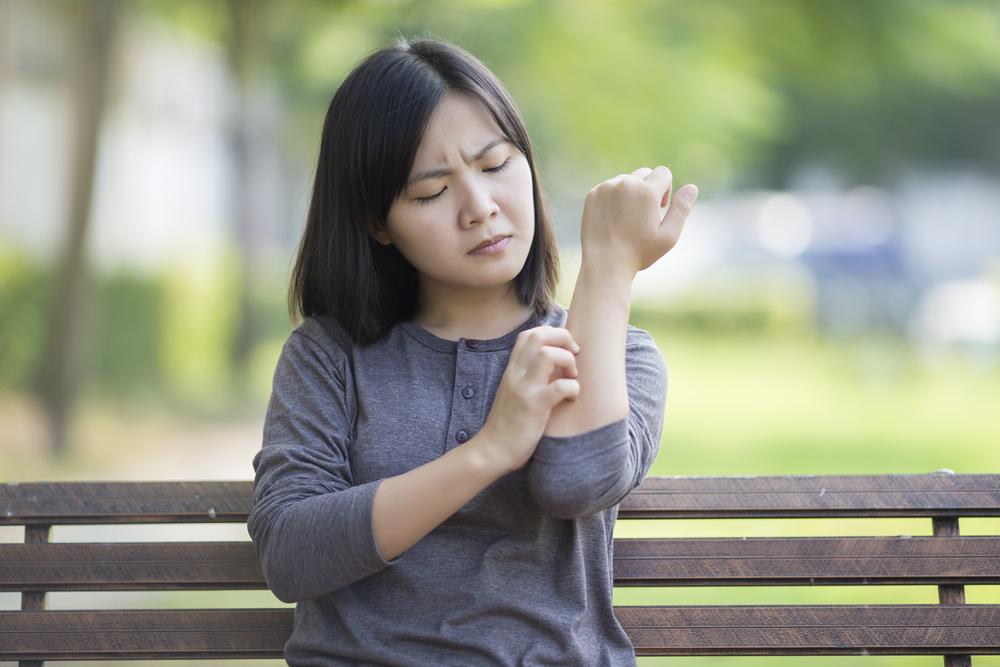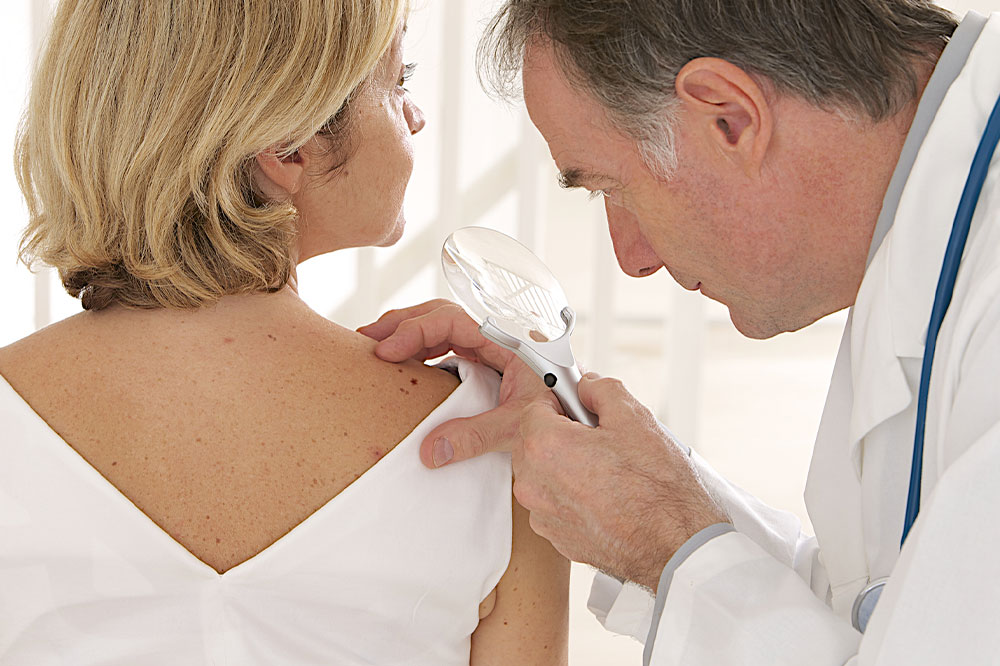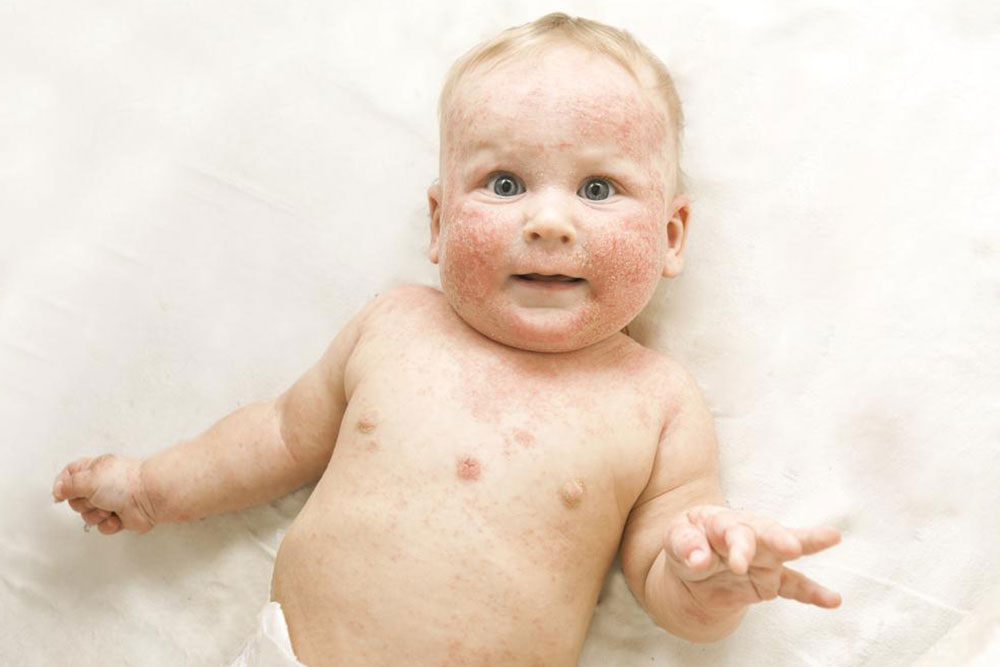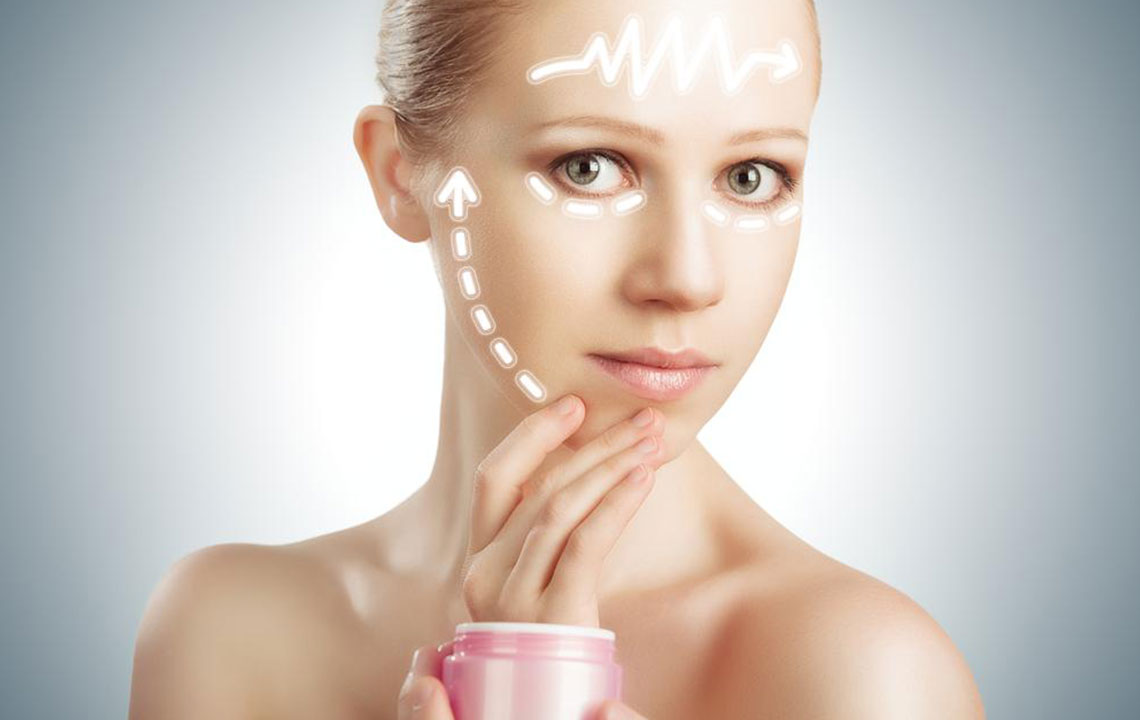Comprehensive Guide to Psoriasis: Types and Key Indicators
This article offers an in-depth overview of psoriasis, detailing its various types, symptoms, and triggers. It emphasizes the importance of professional diagnosis and understanding individual differences to manage the condition effectively, making it a valuable resource for those affected or seeking knowledge about psoriasis's complexities.
Sponsored
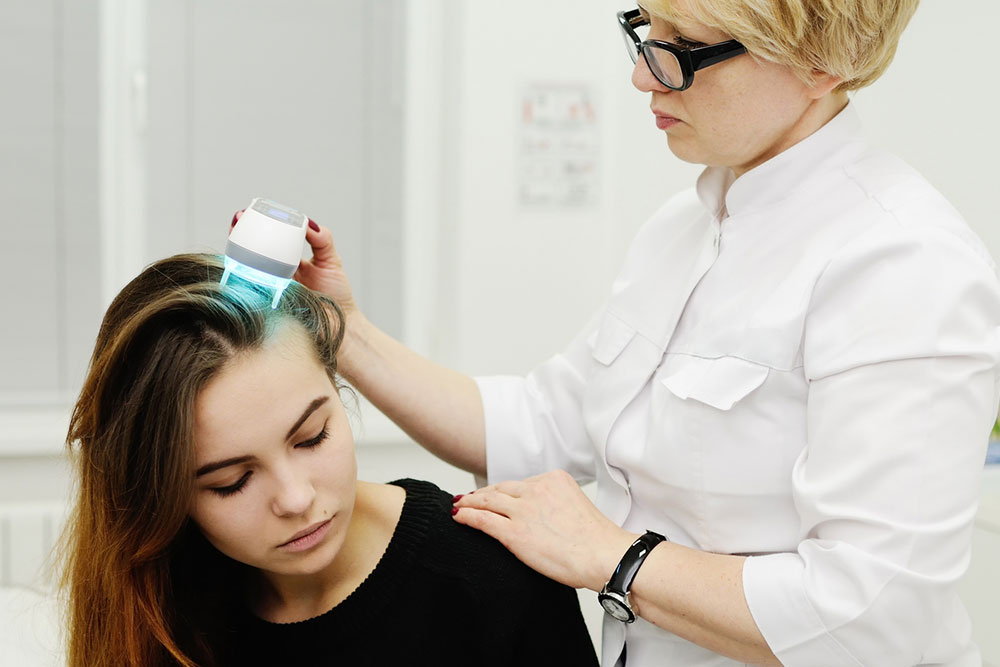
Understanding Psoriasis: Varieties and Symptoms
Psoriasis is a chronic skin disorder characterized by persistent rashes. These patches are often itchy, flaky, and mainly appear on the knees, elbows, torso, and scalp. The condition tends to flare periodically, lasting weeks or months before subsiding. While its exact cause remains uncertain, most researchers believe it stems from immune system dysfunction.
Categories of Psoriasis
Multiple types of psoriasis exist, each identified by specific signs and symptoms.
1. Plaque Psoriasis
Also known as psoriasis vulgaris, this type involves rapid skin cell growth, leading to thick, scaly patches on the skin. Commonly affecting elbows, back, knees, and scalp, it can also spread to the face, feet, genitals, hands, and legs in severe cases. Symptoms include raised, discolored plaques with a silvery surface, fissures, bleeding, and itching. Causes are unknown but triggers may include certain foods, stress, skin injuries, or sun damage.
2. Guttate Psoriasis
Typically affecting young adults, this form often surfaces abruptly after infections like strep throat. It presents as small, round or teardrop-shaped red or pink patches, mostly on the torso, limbs, and legs. These patches are sensitive and itchy.
3. Inverse Psoriasis
This type occurs in skin folds such as armpits, beneath breasts, or in the groin area. It results from friction, sweating, or fungal infections, with symptoms including shiny, smooth, red or purple patches, cracks, and moist areas. Infections may cause pus-filled bumps, foul smell, swelling, and tenderness.
4. Nail Psoriasis
Impacting the skin under nails, this form often appears with other psoriatic skin patches. Common signs include discoloration (yellow, red, pink, or brown spots), nail pits, grooves, brittleness, and peeling, which can lead to fungal infections. It mostly affects those over age 40.
5. Pustular Psoriasis
This variant features scaly patches with fluid-filled blisters, commonly on feet, scalp, face, or hands. It can be generalized, affecting large body parts with symptoms like fever and fatigue, or localized, affecting specific areas. Subtypes include palmoplantar pustular psoriasis and Achrodermatitis continua of Hallopeau.
6. Erythrodermic Psoriasis
In rare cases, extensive pustules coalesce into erythrodermic psoriasis, covering large skin areas. Symptoms include fever, chills, muscle weakness, dehydration, severe pain, and rapid heart rate, often seen in uncontrolled psoriasis cases.
Common Symptoms
Symptoms vary but typically include thick, red, itchy, and inflamed skin with silvery scales, cracked and bleeding skin, ridged or pitted nails, and sleep disturbances. Diagnosis should be confirmed by a healthcare provider rather than relying solely on online images.

